-
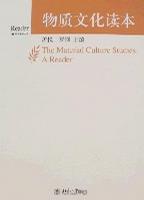
物质文化读本
物、財產、流通;物象、語詞、時間。物包圍著現代社會。物與人不再是簡單的使用關係。物有自己的獨立性。物對人起著宰製作用。物有傳記,有興衰,有獨特的歷史敘事。物的規模、物的性質、物與人的關係,是消費社會的重要標誌。物的新語義是本書所討論的主題。 本書是第一本物質文化研究的經典讀本。 -
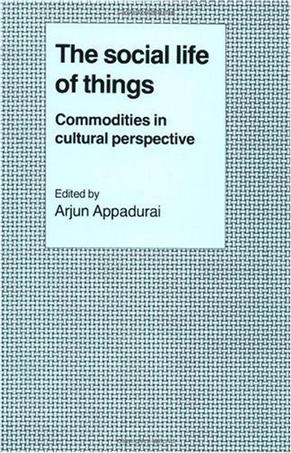
The Social Life of Things
The meaning that people attribute to things necessarily derives from human transactions and motivations, particularly from how those things are used and circulated. The contributors to this volume examine how things are sold and traded in a variety of social and cultural settings, both present and past. Focusing on culturally defined aspects of exchange and socially regulated processes of circulation, the essays illuminate the ways in which people find value in things and things give value to social relations. By looking at things as if they lead social lives, the authors provide a new way to understand how value is externalized and sought after. They discuss a wide range of goods - from oriental carpets to human relics - to reveal both that the underlying logic of everyday economic life is not so far removed from that which explains the circulation of exotica, and that the distinction between contemporary economies and simpler, more distant ones is less obvious than has been thought. As the editor argues in his introduction, beneath the seeming infinitude of human wants, and the apparent multiplicity of material forms, there in fact lie complex, but specific, social and political mechanisms that regulate taste, trade, and desire. Containing contributions from American and British social anthropologists and historians, the volume bridges the disciplines of social history, cultural anthropology, and economics, and marks a major step in our understanding of the cultural basis of economic life and the sociology of culture. It will appeal to anthropologists, social historians, economists. archaeologists, and historians of art. -
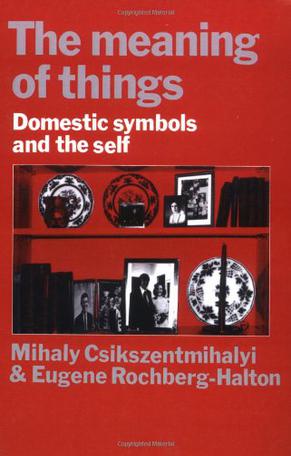
The Meaning of Things
The meaning of things is a study of the significance of material possessions in contemporary urban life, and of the ways people carve meaning out of their domestic environment. Drawing on a survey of eighty families in Chicago who were interviewed on the subject of their feelings about common household objects, Mihaly Csikszentmihalyi and Eugene Rochberg-Halton provide a unique perspective on materialism, American culture, and the self. They begin by reviewing what social scientists and philosophers have said about the transactions between people and things. In the model of 'personhood' that the authors develop, goal-directed action and the cultivation of meaning through signs assume central importance. They then relate theoretical issues to the results of their survey. An important finding is the distinction between objects valued for action and those valued for contemplation. The authors compare families who have warm emotional attachments to their homes with those in which a common set of positive meanings is lacking, and interpret the different patterns of involvement. They then trace the cultivation of meaning in case studies of four families. Finally, the authors address what they describe as the current crisis of environmental and material exploitation, and suggest that human capacities for the creation and redirection of meaning offer the only hope for survival. A wide range of scholars - urban and family sociologists, clinical, developmental and environmental psychologists, cultural anthropologists and philosophers, and many general readers - will find this book stimulating and compelling. -
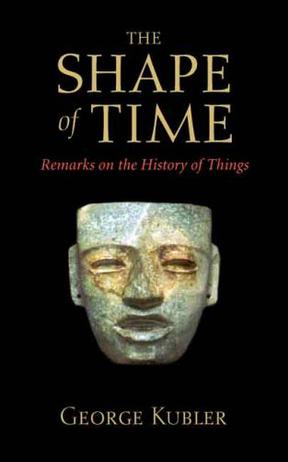
The Shape of Time
When it was first released in 1962, "The Shape of Time" presented a radically new approach to the study of art history. Drawing upon new insights in fields such as anthropology and linguistics, George Kubler replaced the notion of style as the basis for histories of art with the concept of historical sequence and continuous change across time. Kubler's classic work is now made available in a freshly designed edition. -
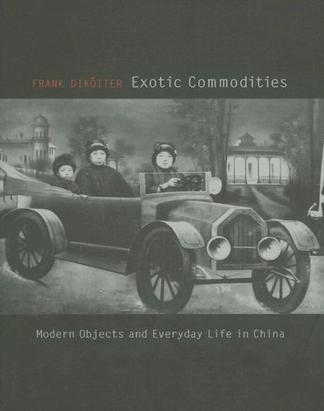
Exotic Commodities
Exotic Commodities is the first book to chart the consumption and spread of foreign goods in China from the mid-nineteenth century to the advent of communism in 1949. Richly illustrated and revealing, this volume recounts how exotic commodities were acquired and adapted in a country commonly believed to have remained "hostile toward alien things" during the industrial era. China was not immune to global trends that prized the modern goods of "civilized" nations. Foreign imports were enthusiastically embraced by both the upper and lower classes and rapidly woven into the fabric of everyday life, often in inventive ways. Scarves, skirts, blouses, and corsets were combined with traditional garments to create strikingly original fashions. Industrially produced rice, sugar, wheat, and canned food revolutionized local cuisine, and mass produced mirrors were hung on doorframes to ward off malignant spirits. Frank Dikötter argues that ordinary people were the least inhibited in acquiring these products and therefore the most instrumental in changing the material culture of China. Landscape paintings, door leaves, and calligraphy scrolls were happily mixed with kitschy oil paintings and modern advertisements. Old and new interacted in ways that might have seemed incongruous to outsiders but were perfectly harmonious to local people. This pragmatic attitude would eventually lead to China's own mass production and export of cheap, modern goods, which today can be found all over the world. The nature of this history raises the question, which Dikötter pursues in his conclusion: If the key to surviving in a fast-changing world is the ability to innovate, could China be more in tune with modernity than Europe? -
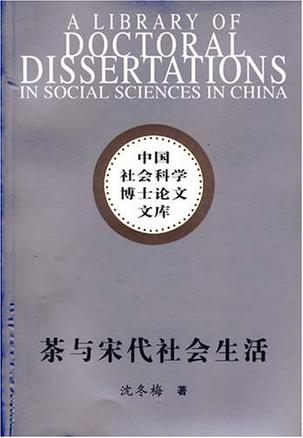
茶与宋代社会生活
本书对宋代茶艺如采茶习俗、生产过程、保藏方法、点茶程序、分茶和斗茶技艺、茶具形制和系列等做了历史比较,对宋代贡茶和赐茶的政治意蕴、茶与宋代社会生活、茶与佛教、茶与中外文化交流、宋人茶观念、宋代茶书、茶与宋代诗词书画等都进行了细致的考辨和剖析。